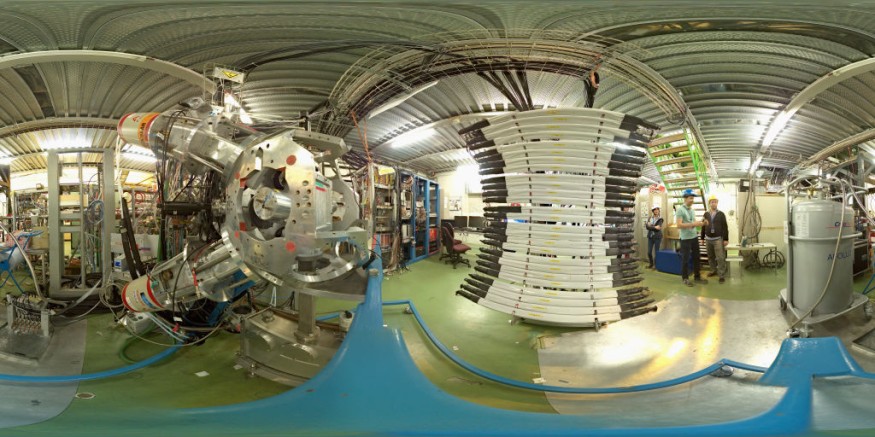With an expectation of helping scientists understand the manner atoms are constructed, scientists recently unveiled their new creation-the world's lightest form of magnesium, a never-before-seen isotope.
A Live Science report specified that specifically, the said isotope has only six neutrons in its atomic nuclei, "inside a giant atom smasher."
More so, whereas the substance is disintegrating quite rapidly to be gauged directly, the researchers are expecting their discovery will help researchers further with their insights on the atoms' manner of construction.
The reason for this is that such exotic isotopes, chemical element's versions that have either more or lesser neutrons than usual in their nuclei, can help in the definition of limits of the models used by scientists to discover how atoms are working.

The 'Magnesium-18' Isotope
According to a chemist Facility of Rare Isotope Beams at Michigan State University in East Learning, Kyle Brown, "by testing the said models in making them better and better," they can conclude on how things are working where they cannot be measured. He added, they are measuring the things they can measure to forecast things that they can't.
This new chemical element creation called magnesium-18, may not be able to fill all the gaps in scientific knowledge about atoms, although such a finding may help refine the notions that scientists have developed for their explanation, said Brown.
Specifically, the scientists' measurements of the products of the radioactive decay offer new understandings into the electrons' binding energies that revolve around a nucleus, as indicated in the study's summary.
Under normal situations, pure magnesium is described as a soft gray metal that has "atomic number 12," specifying that it comprises 12 protons, particles with a positive charge, in its nucleus.
Highly Flammable
This report describes the creation as "highly flammable," and the strong white light from a burning magnesium strip frequently dazzles those studying chemistry.
Akin to many chemical elements, magnesium comes in the aging stars' fusion reactions, and it exists on Earth because the long-dead stars have exploded as supernovas, seeding the interstellar clouds that formed in this planet's solar system.
Magnesium is comparatively abundant in the crust of Earth and it has a vital chemical role in many industrial and biological compounds.
The most typical isotope of magnesium contains 12 neutrons, particles that have a neutral charge, in every nucleus, giving this version of the chemical element an atomic mass of 24. Consequently, it is called magnesium-24.
Magnesium-24 Nuclei Accelerated
For their experiment, the team accelerated a beam of magnesium-24 nuclei to roughly half of the speed of light inside the National Superconducting Cyclotron Laboratory at MSU, a circular, extremely high-energy particle accelerator.
Then, they fired the high-speed beam of magnesium nuclei at a metal foil's target which is made of beryllium, a described in a separate Live Science report.
The collision in that particular step of the process generated a "soup" of lighter magnesium isotopes the scientists could choose from, among them, the unstable isotope magnesium-20, which is holding just eight neutrons per nucleus and radioactively decays in a few tenths of each second.
Unusual Isotope
Most atomic nuclei rapidly wrap themselves with electrons, particles that have a negative charge, from their environment and turn elemental atoms, which then can combine with other types of atoms to develop chemical compounds.
Nonetheless, the newly-detected magnesium-18 is radically unstable and extremely short-lived, with very few neutrons, the nucleus falls rapidly, with a half-life, the time it's taking for half of its nuclei to degenerate from radioactive decay, of less than one-sextillionth of each second.
Meaning, it vanishes much too fast for a nucleus of magnesium-18 to even have the chance of wrapping itself with electrons' and so it is existing, and only for a very short time, as a "naked nuclei."
Brown is a lead author of an article that describes the detection published in the Physical Review Letters journal. Also part of the article was scientists from Peking University in China and Washington University in St. Louis were also involved.
Related information about magnesium isotopes' is shown on Brian Miller's YouTube video below:
RELATED ARTICLE: Industrial Chemical Processes Made More Efficient Through Catalytic Surface; Decarbonization Easier and Faster
Check out more news and information on Chemistry in Science Times.
© 2025 ScienceTimes.com All rights reserved. Do not reproduce without permission. The window to the world of Science Times.










